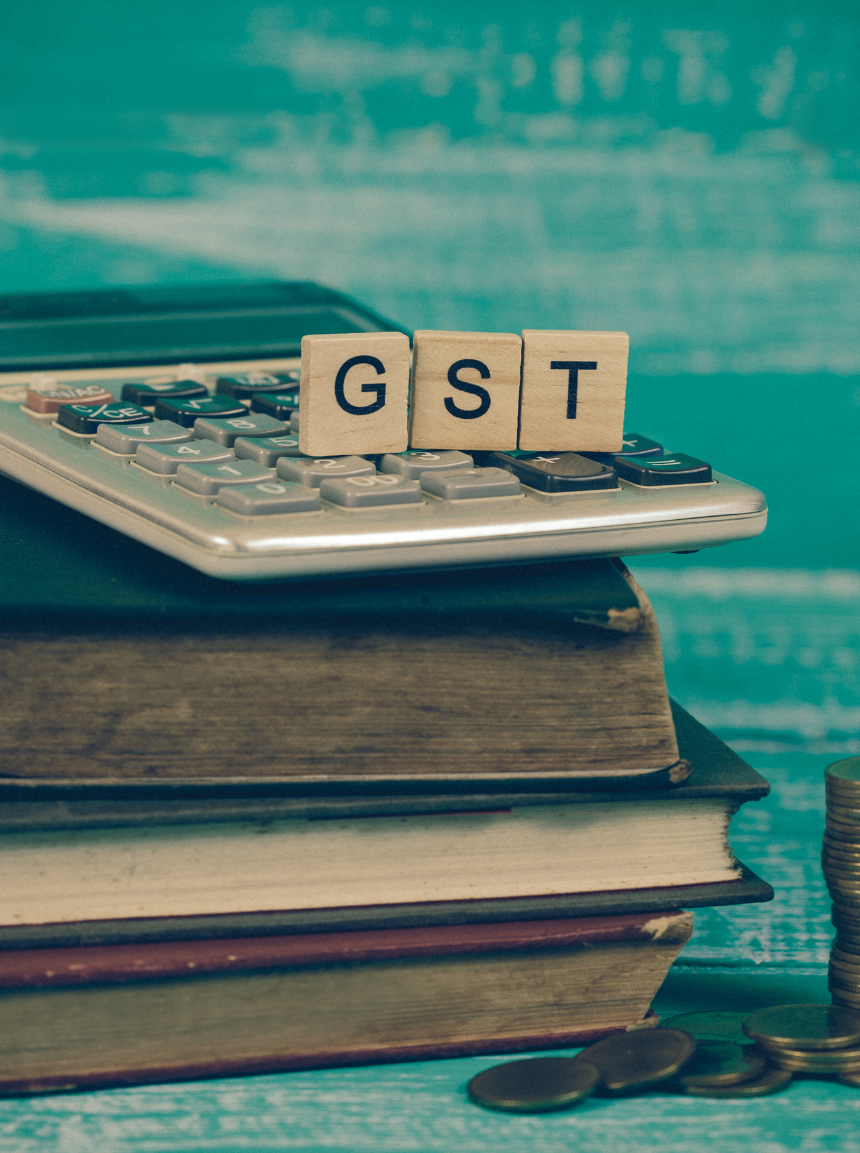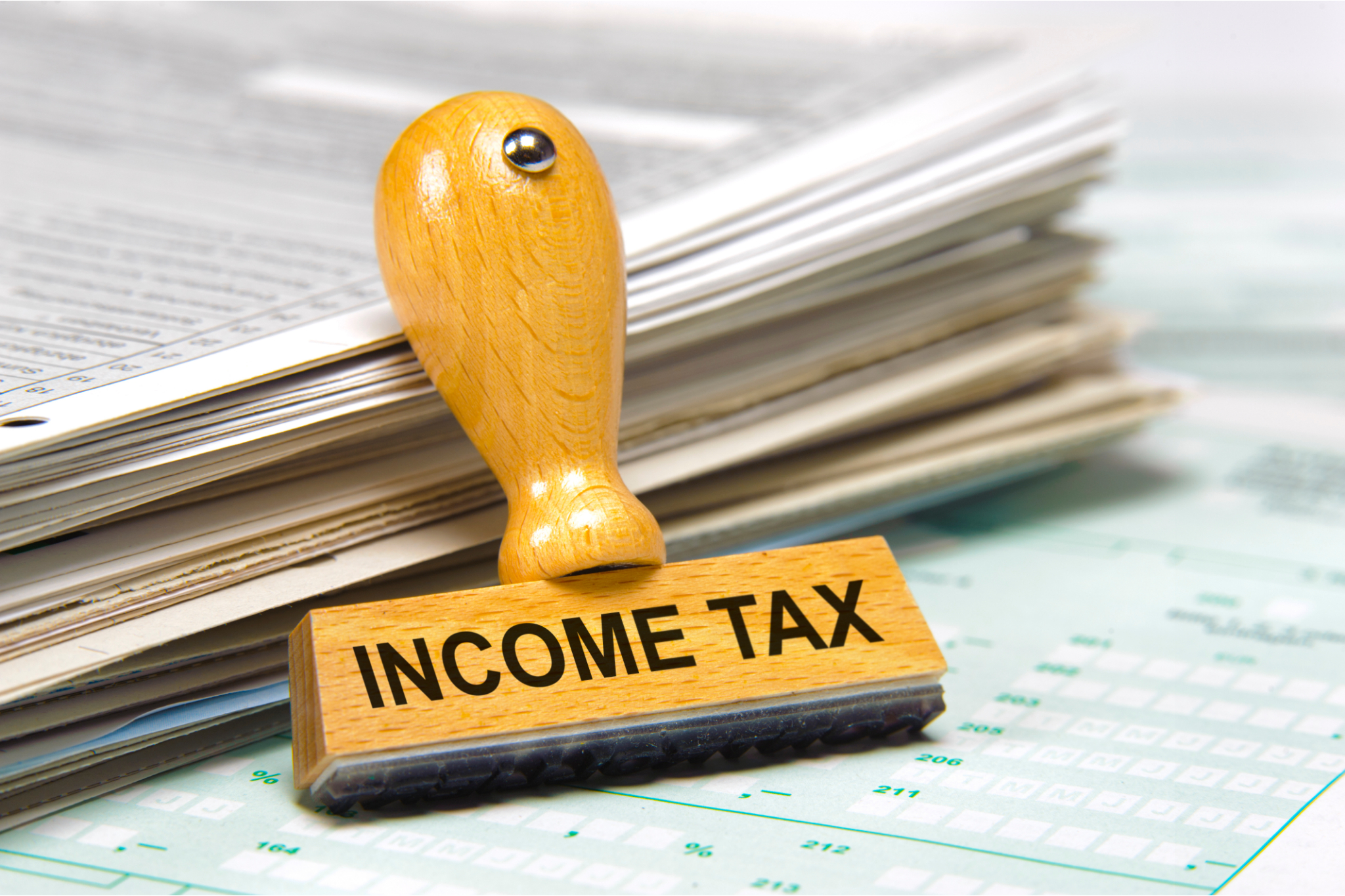GST Filing
GST Filing is a document that accommodates details of all income/sales and expense/purchase which a taxpayer (every GSTIN) is required to file with the tax administrative authorities. This is used by tax authorities to compute net tax liability Sales. Production GST (On sales) Input tax credit (GST paid on purchases).
GST returns must be classified by every business unit whose income exceeds 20 or 40 lakhs (Optional) annually. Taxpayers are also supposed to go through various capable criteria for different slabs.
GST filing are of numerous types, which are supposed to file or certain dates gives by the concern department
Types of GST Returns:
● GSTR-1. GSTR-1 is the return to be rigged out for reporting details of all outward supplies of goods and services made.
● GSTR-2A. GSTR-2A is a view-only dynamic GST return apropos for the recipient or buyer of goods and services.
● GSTR-2B.
● GSTR-2.
● GSTR-3.● GSTR-3B.
● GSTR-4.● GSTR-5.
● GSTR-6● GSTR-7
● GSTR-8● GSTR-9
● GSTR-9A
● GSTR-9C
● GSTR-10
● GSTR-11
And for filing every type of GSTR there is a specific date and limited period of time given by the concerned department of the government.
In case any organisation or business people failed or delayed in filing the GST / GSTR will be
fined a penalty as per the type of GST / GSTR mentioned below:
Penalty for late filing
Penalty in the form of late fee will be imposed on taxpayers if they fail to file their GST return on time. A total of Rs.200 (Rs.100 as CGST and Rs.100 as SGST) is imposed per day, which can go as high as up to Rs.5000. However, this rate may switch depending on present regulations.
The time period will be deliberate from the day after the final deadline till the day the complete payment is made.
Integrated Goods and Services Tax does not enchant any late fee, although the taxpayer will be required to pay an additional 18% interest in addition to the late fee.
Every taxpayer should be well apprehensive of the process of GST filing. It will help them obey the latest regulations of Goods and Services Tax at all times.
A common abstain in the popular discussions is what is the need for the introduction of GST? To answer that question, it is major thing to understand the present indirect tax structure in our country. At this point of time the Central Government is imposing tax on production (Central Excise duty), provision of services (Service Tax), interstate sale of goods (CST by the Centre but collected and appropriated by the States) and the State Governments levy tax on retail sales (VAT), appearance of goods in the State (Entry Tax), Luxury Tax, Purchase Tax, etc. It is clearly clear that there are multiplicities of taxes which are being imposed on the same supply chain. There are plunge of taxes, as taxes imposed by the Central Government are not available as setoff against the taxes being imposed by the State governments. Even certain taxes imposed by State Governments are not allowed as set off for payment of other taxes being imposed by them. Further, a variety of VAT laws in the country with contrasting tax rates and dissimilar tax practices, divides the country into separate economic spheres. Formation of tariff and non- tariff barriers such as Octroi, entry Tax, Check posts etc. obstruct the free flow of trade throughout the country. Besides that, the large number of taxes creates high adherence cost for the taxpayers in the form of number of returns, payments etc. .












